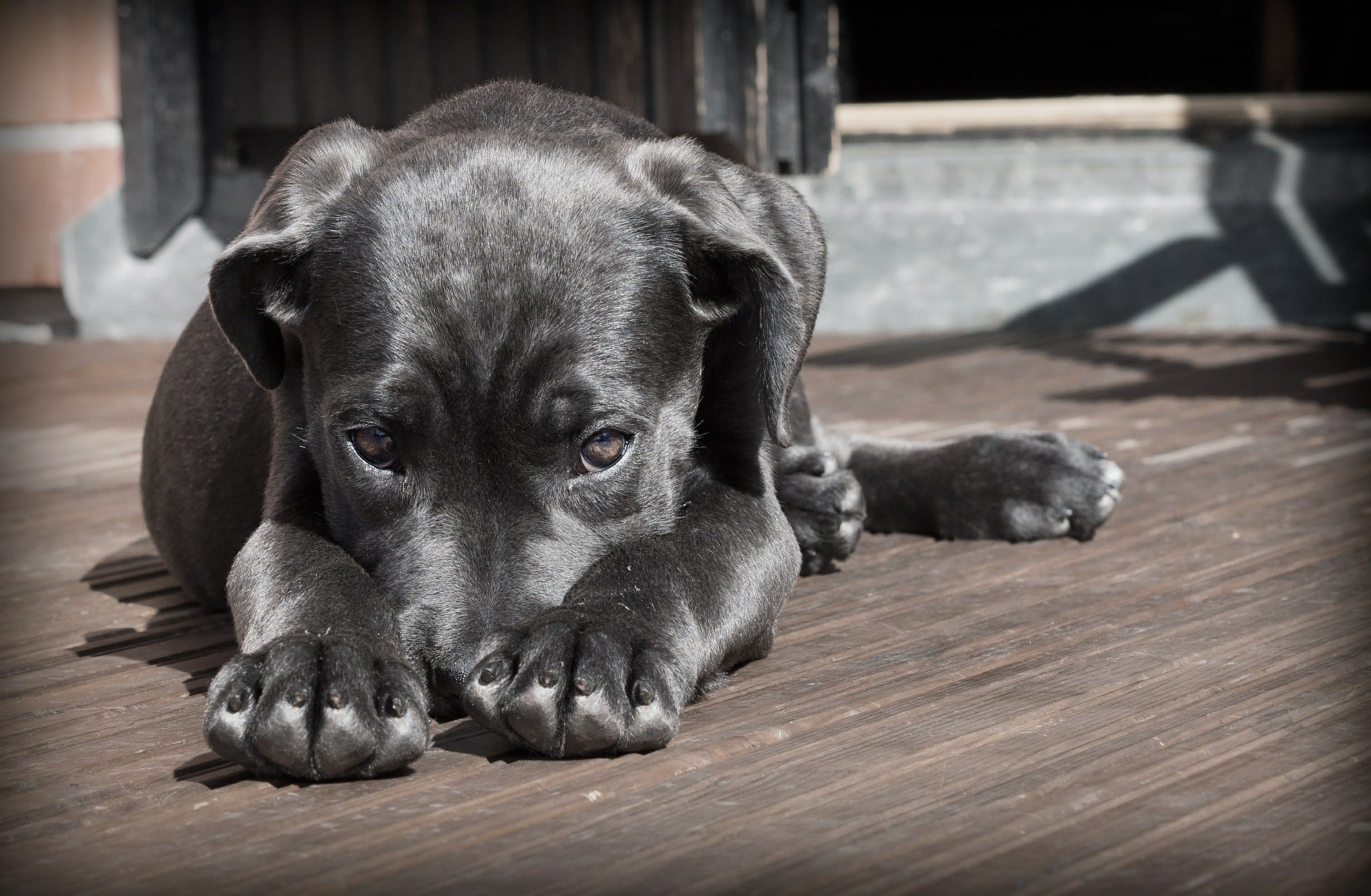K9 Corner: Help your shy dog build trust, confidence
Published 9:43 pm Tuesday, October 22, 2019

- Image Credit: Well Pet Coach
By HELEN PALMER
K9 Corner
Dr. Karen Becker’s Oct. 18 column on how to build confidence in a shy, fearful dog inspired this article.
Fortunately I never had to work with a shy, fearful puppy. Puppies aren’t born fearful, they acquire this emotion by being in a scary situation with no support. I have had to work with a fearful young dog that had been traumatized before she was a year old. Although she gained confidence and was able to work with the 4-H young people in my dog classes, she needed my presence within eyesight whenever she was a substitute for a member’s dog unable to come to class.
Another experience I had years ago was when a friend’s dog died suddenly and she was distraught. I finally suggested we go to the animal shelter and see if any of the dogs there might help her in her grief. We went and she selected an older, bedraggled cocker spaniel cowering in a corner of the pen. Turns out that was the last pen on death row and she was the last dog in that pen. Well, I helped clean her up and left for my own apartment and I got a call. “I can’t get her to settle down!” It took a few weeks for her to recover but she did.
Puppies that are born timid, wanting more reassurance from the mother dog and eventually from the human owner, rarely recover fully from their inborn timidity. Things can improve with time, but you always need to observe and make allowance.
Some of the ways to help a shy dog build trust and confidence according to Becker are:
- Obedience training. This is what helped my traumatized dog, especially teaching her the “Stand for Examination” which took a solid week of work and practice before she gained the confidence needed to remain in place until released.
- Use of a dog-mentor. Another help I had, my out-going standard schnauzer who was a gentle but firm “leader of the pack.” She created games of tag giving the new dog wonderful exercise as well as inspiration as the schnauzer would reverse roles on the chaser (the “it”).
- Socialization with other people, letting the dog investigate the human newcomers one at a time.
- Play sessions with humans as well as dogs, (though limiting each play session to one other stranger until trust is earned.)
- Trick training like “shake hands,” or “roll over” can provide a distraction for the shy dog and help build its confidence.
- Becker adds “K-9 Nose Work” which gives the dog another means to concentrate on something exciting. Unfortunately none of my dogs liked “nose work,” although the schnauzer would look for the treat or object once a day to please me.
- Exercise also builds trust as long as the handler selects quiet, safe places to run in. Becker recommends as much exercise as the dog can tolerate. Exercise tires the dog and encourages sleep.





